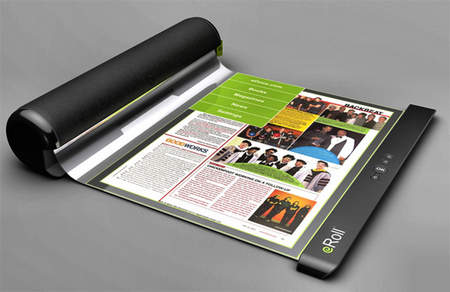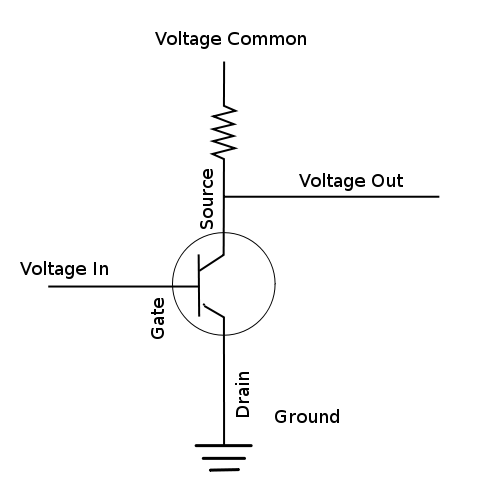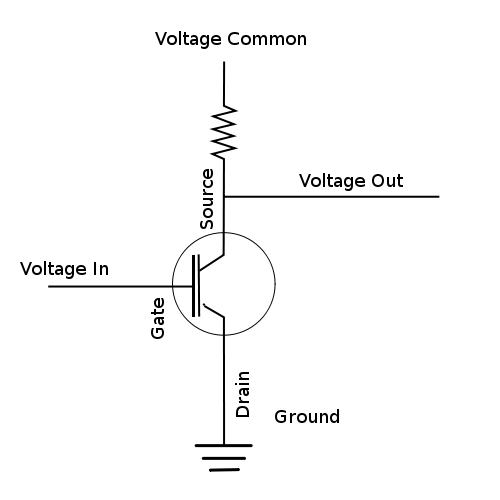- HubPages»
- Technology»
- Computers & Software»
- Computer Hardware
A Flexible Computer - The Future of Computing?
A Flexible Plastic Computer
A flexible plastic computer may be in our very near futures. This is largely due to the work of Belgian scientists at Imec who have been experimenting with a plastic, polyethylene naphthalate, which could very well replace silicon as the basic underlying material for integrated circuits.
The advantage, of course, is computers that are flexible. And this one aspect alone could open up the field of computing devices to near limitless possibilities.
A flexible, plastic computer could be:
- Lighter in weight
- Less heat sensitive
- Much more durable
- Incorporated into flexible items like clothes and fabric
- Attached to surfaces that are not, by nature, flat


The two computers above are either fictional or prototypes. The first image is from the movie Red Planet. In one scene the protagonist pulls out what looks like a tube of plastic sheet. When he unrolls the film it becomes obvious it is a navigation computer of some type.
The second is the ERoll. The display is flexible but the processor (in the housing at left) is not.


How It Is Made
The research team at Imec first discovered that a form of plastic, polyethylene naphthalate, could serve as a back-plane to the circuits and components required to make up a computer. Polyethylene naphthalate is very thin and flexible; in fact the team says its very much like sandwich wrap.
Layerd on top of the plastic film is a very thin (25-nanometer-thick) layer of gold. This layer is patterned to follow a particular layout for a circuit. On top of the gold pathways is an organic dielectric (an insulator) with another layer of twenty-five nanometer gold wiring. The final layer is another plastic material called pentacene which has semi-conductor properties. Because gold is also flexible this is an ideal conducting material for flexible circuits.
The Initial Problem with Plastic Transistors
I mention transistors here because the transistor is the heart of any integrated circuit. This includes the processor, memory, cache, arithmetic and logic units. All of these types of circuits are built upon the transistor. And a transistor is nothing more than a switch that is either on or off.
The problem is that plastic, by its very nature, is not a good semiconductor when it comes to a large number of transistors placed side-by-side. The voltage required to trip one transistor may be higher or lower than the voltage required to trip another right next door to it. When talking about an array of transistors that make up memory, for instance, one transistor not switching on or off at the required voltage is enough to cause the entire array to not work properly. So the problem was one of consistency in the circuit. The Imec team thinks they've solved that problem.
The Problem Solved
What the Imec team discovered was that if they place a gate behind the first gate of the transistor they can improve its voltage selectivity. This additional gate gives the researchers better control over the switching of the transistor by stabilizing the amount of voltage required to trigger the gate. The gate is what turns a transistor on or off. Now that the switching problem has largely been solved we may very well start seeing flexible computers in common everyday items. (see the two transistor drawings to the right)
Other Benefits
Because these new circuits can be printed rather than using huge amounts of heat and exotic metal salts, the flexible chip could be much cheaper to produce. In fact projections are that the flexible computer chip could be made for a tenth the cost of current silicon based chips.
Because the circuits are flexible and potentially cheap they could show up in a wide variety of applications that are still too expensive for the silicon based variety.
Drawbacks
Because the circuits would basically be printed on flexible plastic they will likely never be as small or densely packed as the silicon based varieties. But even silicon is reaching its upper limit of miniaturization.
See the article Nanowire, How the Integrated Circuit Will Change.
Possible Uses
A flexible computer could be found almost anywhere that a traditional silicon computer cannot feasibly work today.
A flexible plastic computer could be:
- Integral to totally flexible computer; all of the machine would be pliable not just the screen and keyboard
- Be part of a implantable medical computer designed to monitor bodily functions
- Improved flexible solar cell with onboard processor
- Herald an era of "smart clothing"
- Cheapen RFID (radio frequency identification) tags
- Provide a foundation for chemical sensor (bomb detection, pollution control, etc.)
- Improved circuit design for pace-makers and defibrillators
- Wrapped around steel or plastic pipe to monitor wear, pressure, temperature
- Embedded in fuel tanks and piping
- As a "lay-across" analytical computer for testing contoured objects
- Placed in areas with organic, non-rectangular shapes
A computer that could fit anywhere due to its flexibility would solve a lot of design problems in automotive, marine, and aircraft applications.
Coda
Though Imec is convinced that these circuits will never reach the tiny scales of today's silicon based microcomputers they are certain that a plastics based CPU could still find its way into a wealth of applications.
Disclaimer
The author was not compensated in any way, monetarily, with discounts, or freebies by any of the companies mentioned.
Though the author does make a small profit for the word count of this article none of that comes directly from the manufacturers mentioned. The author also stands to make a small profit from advertising attached to this article.
The author has no control over either the advertising or the contents of those ads.










